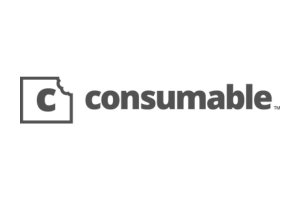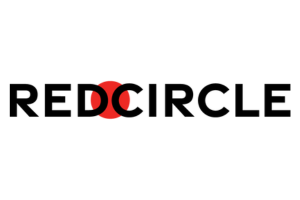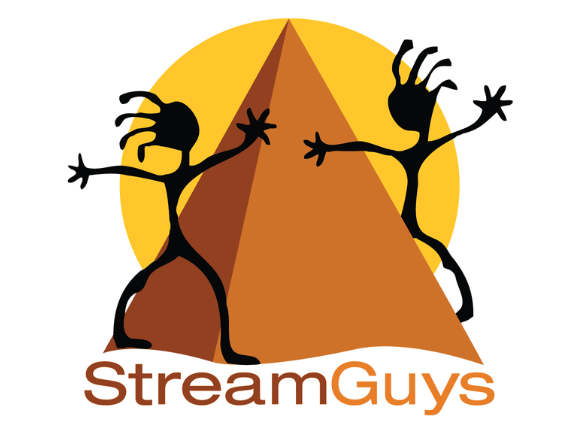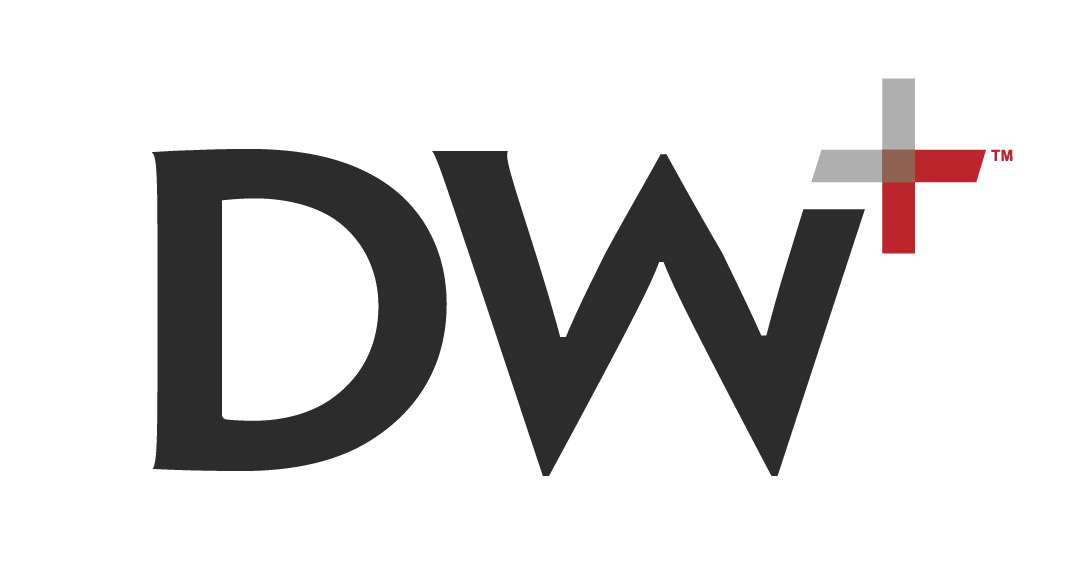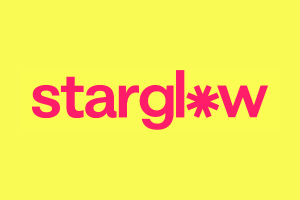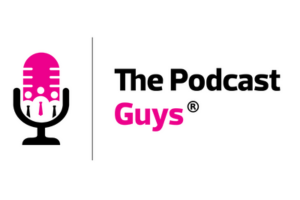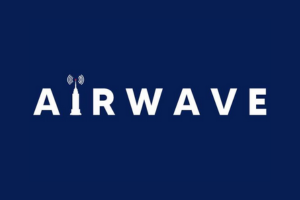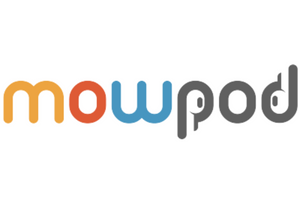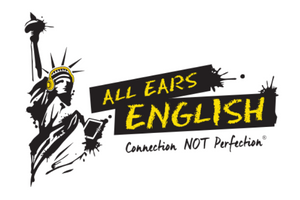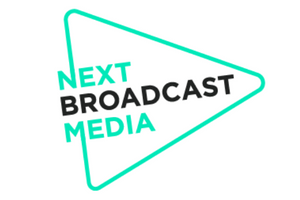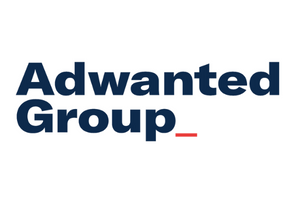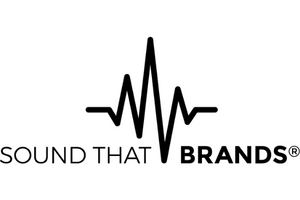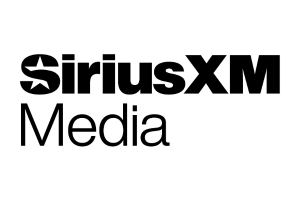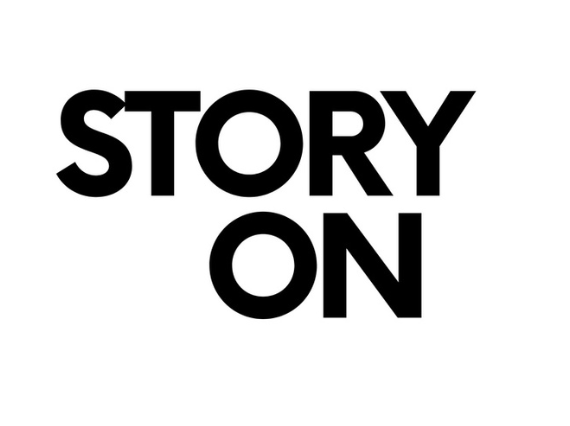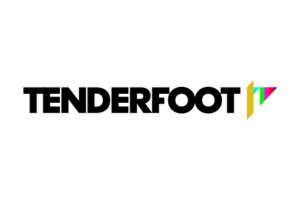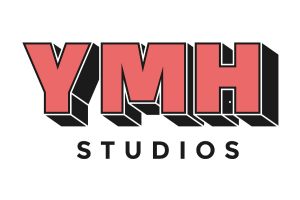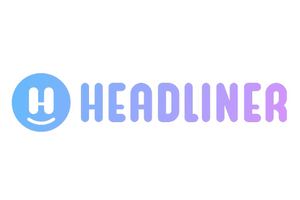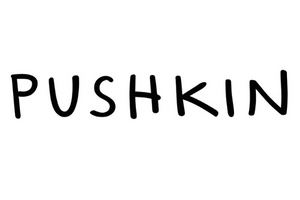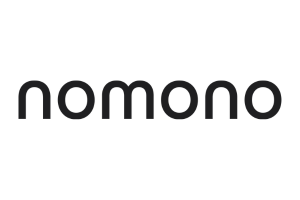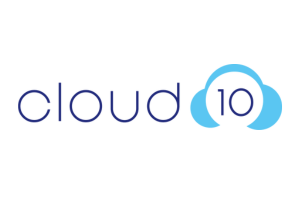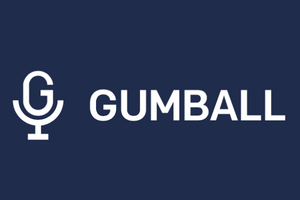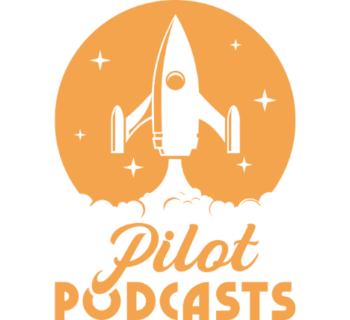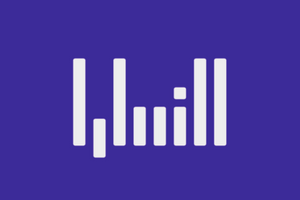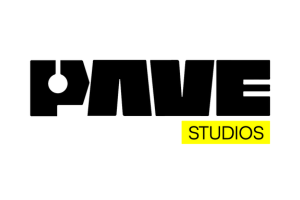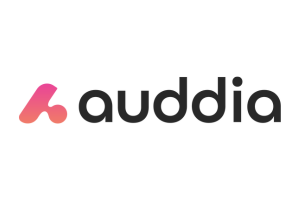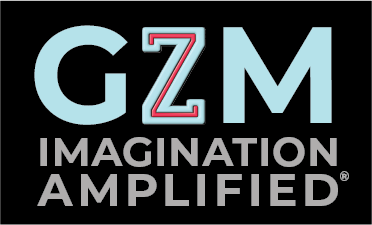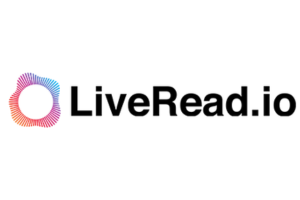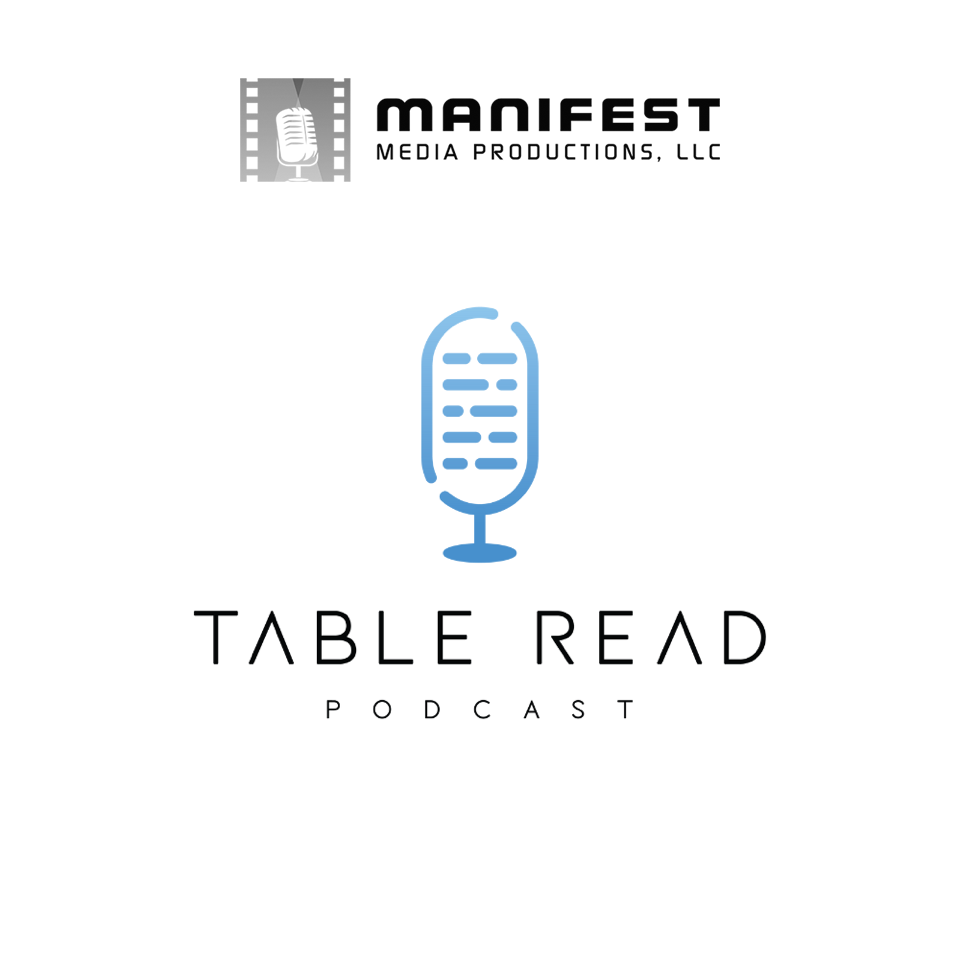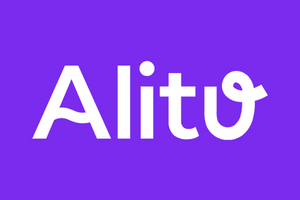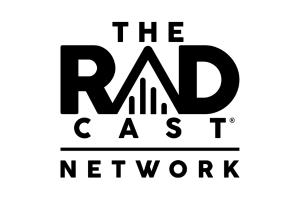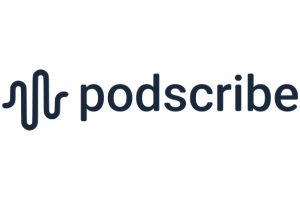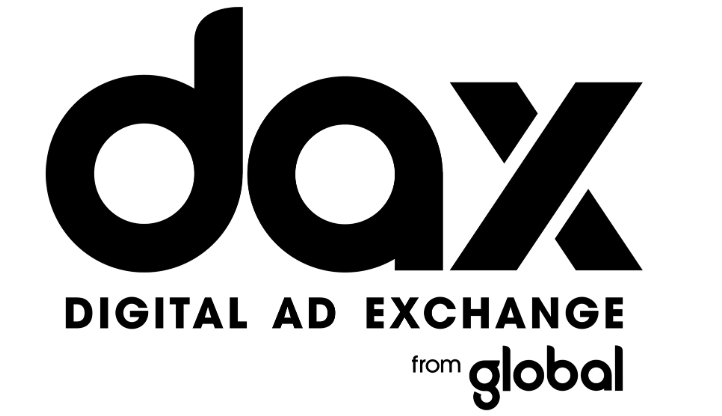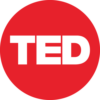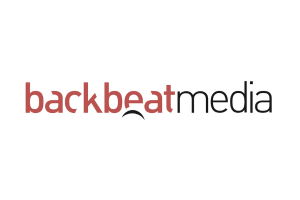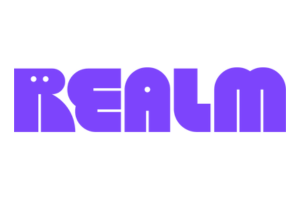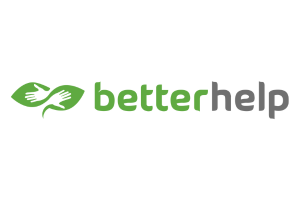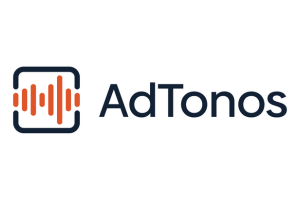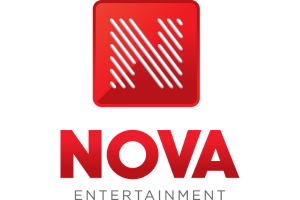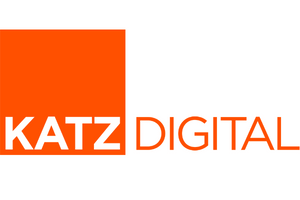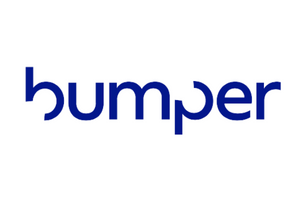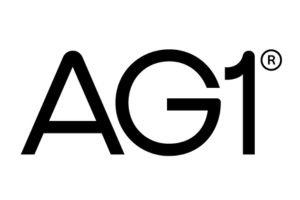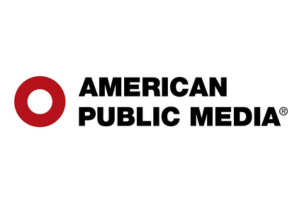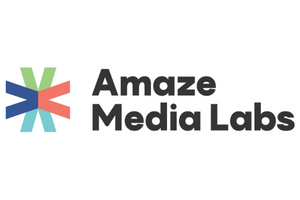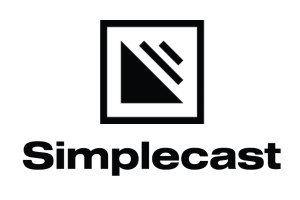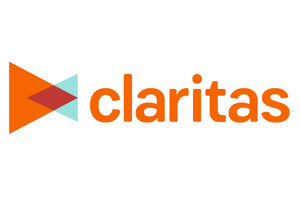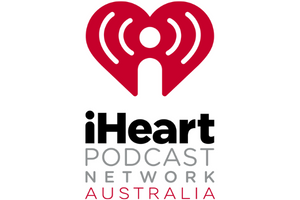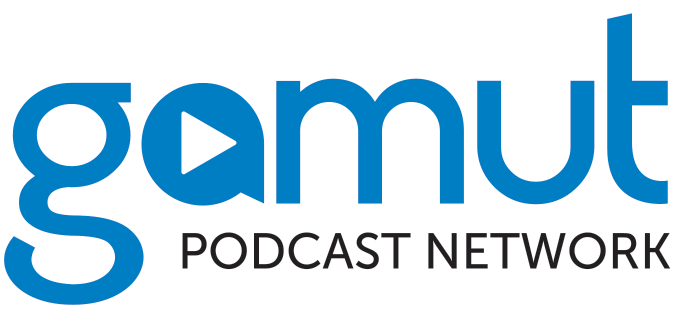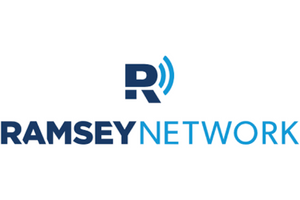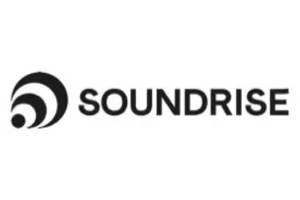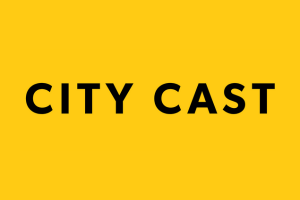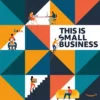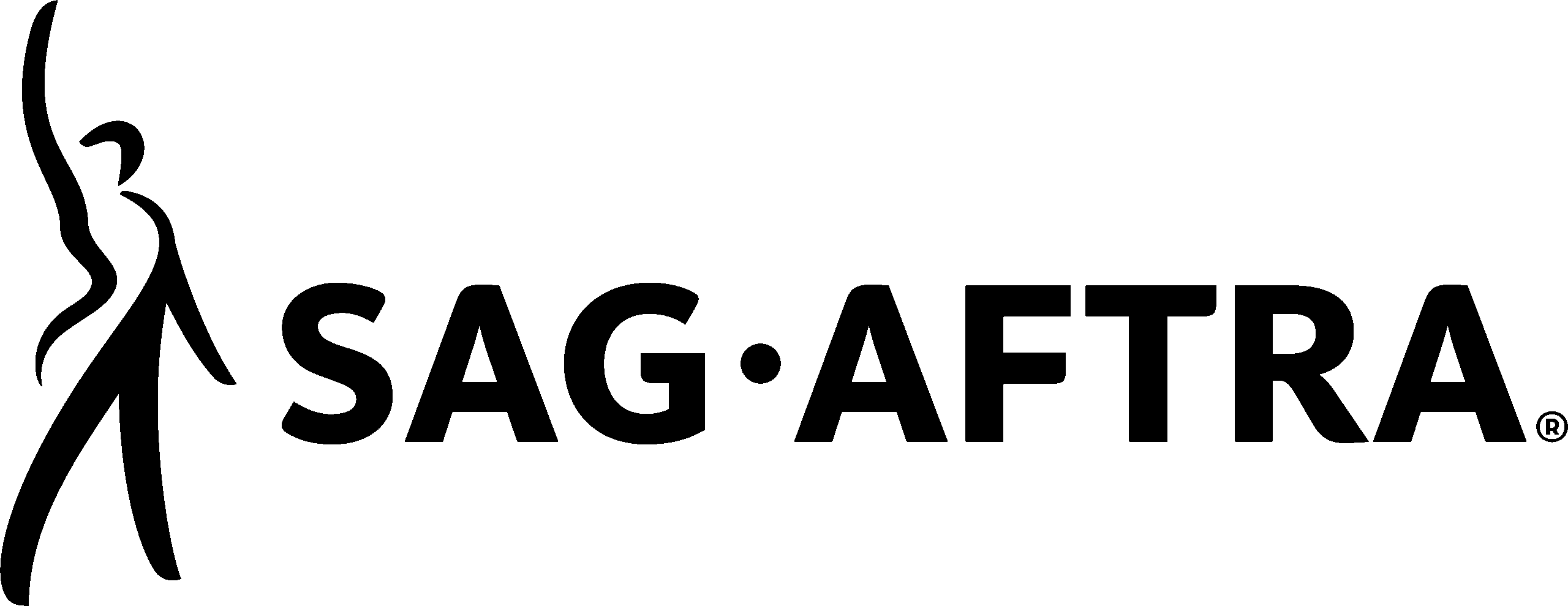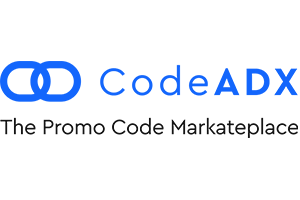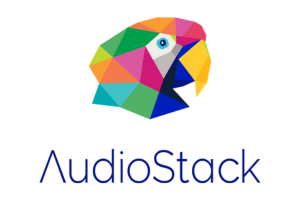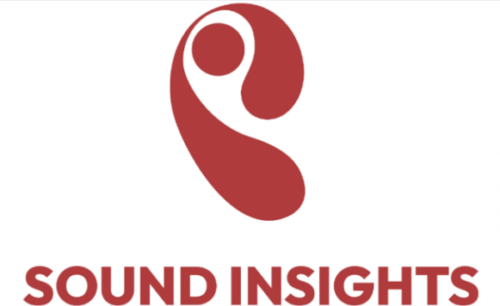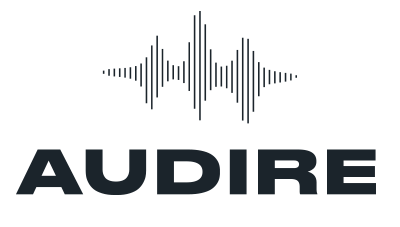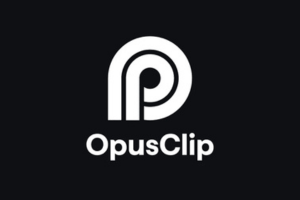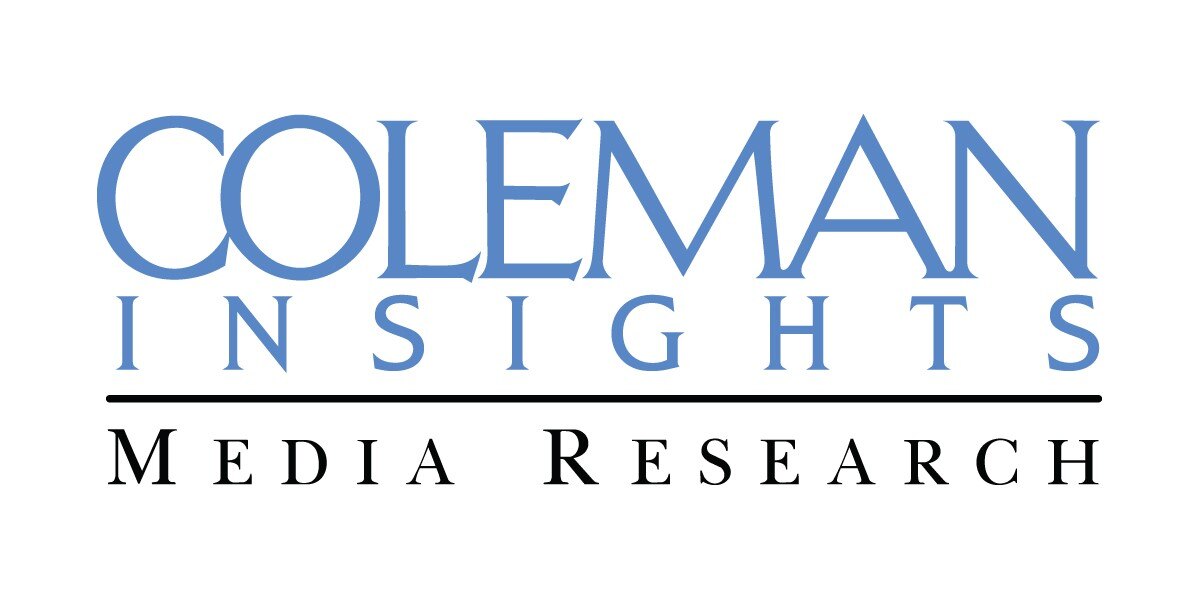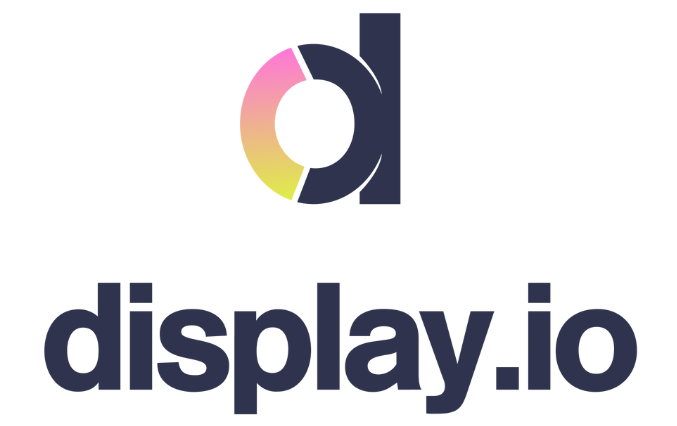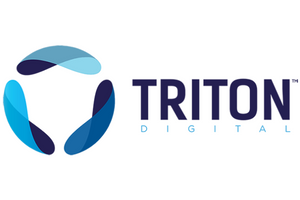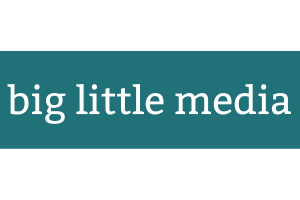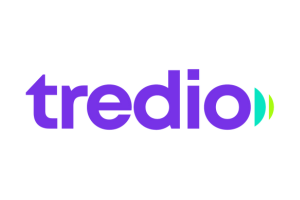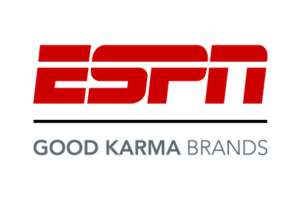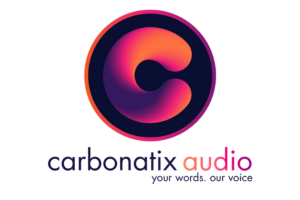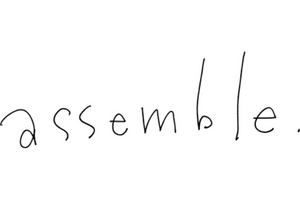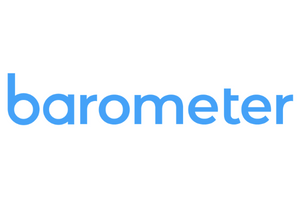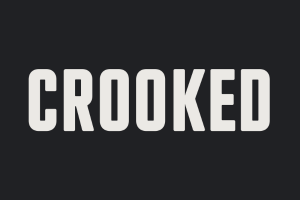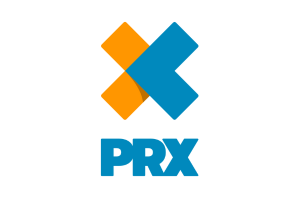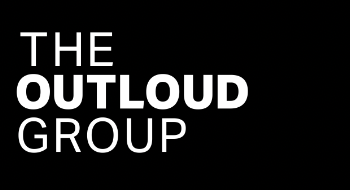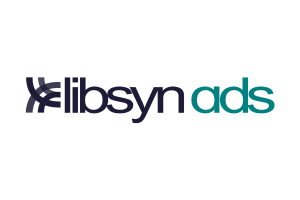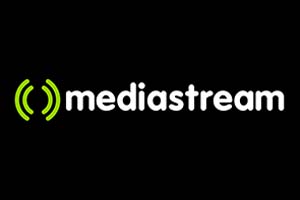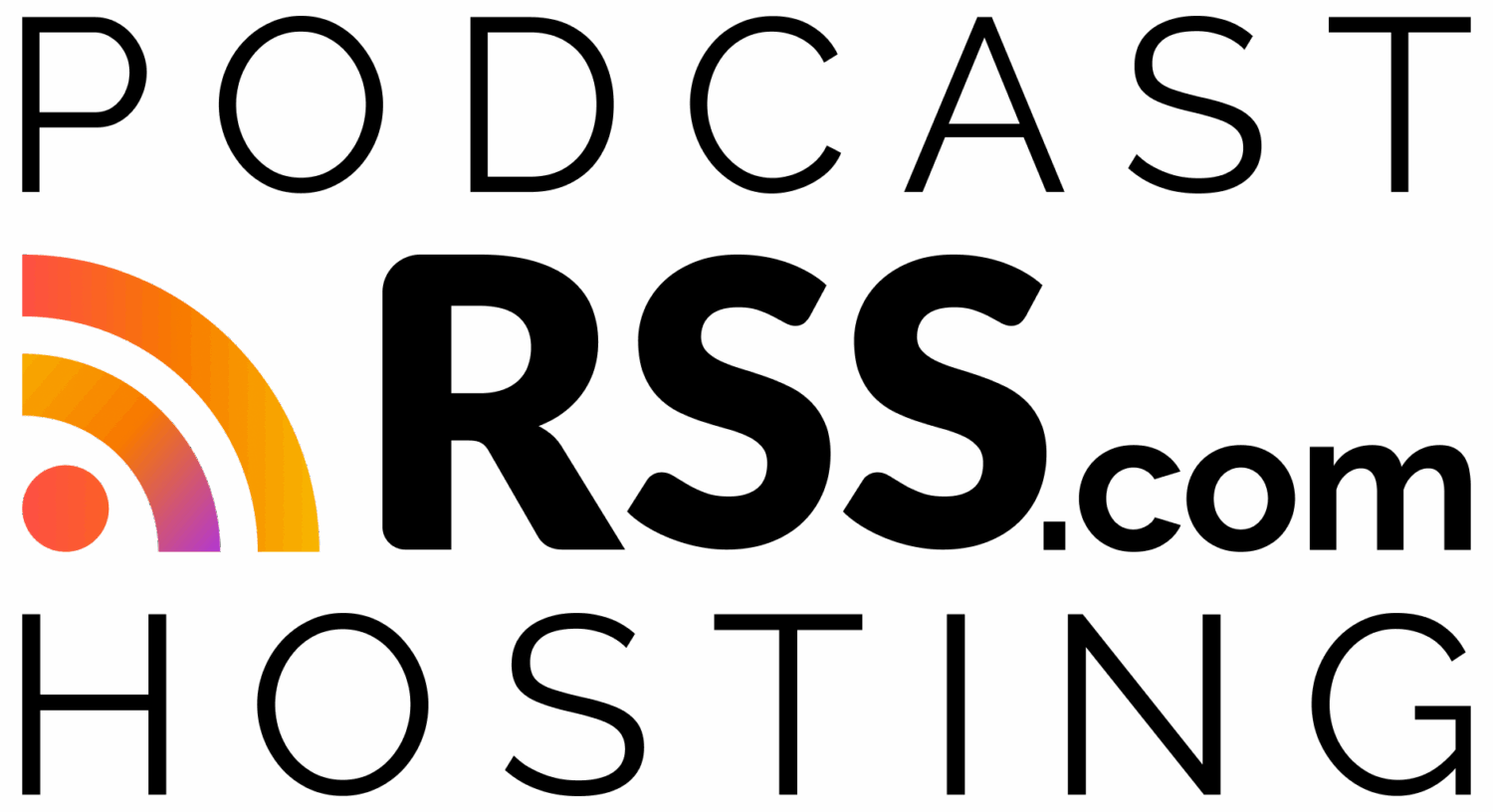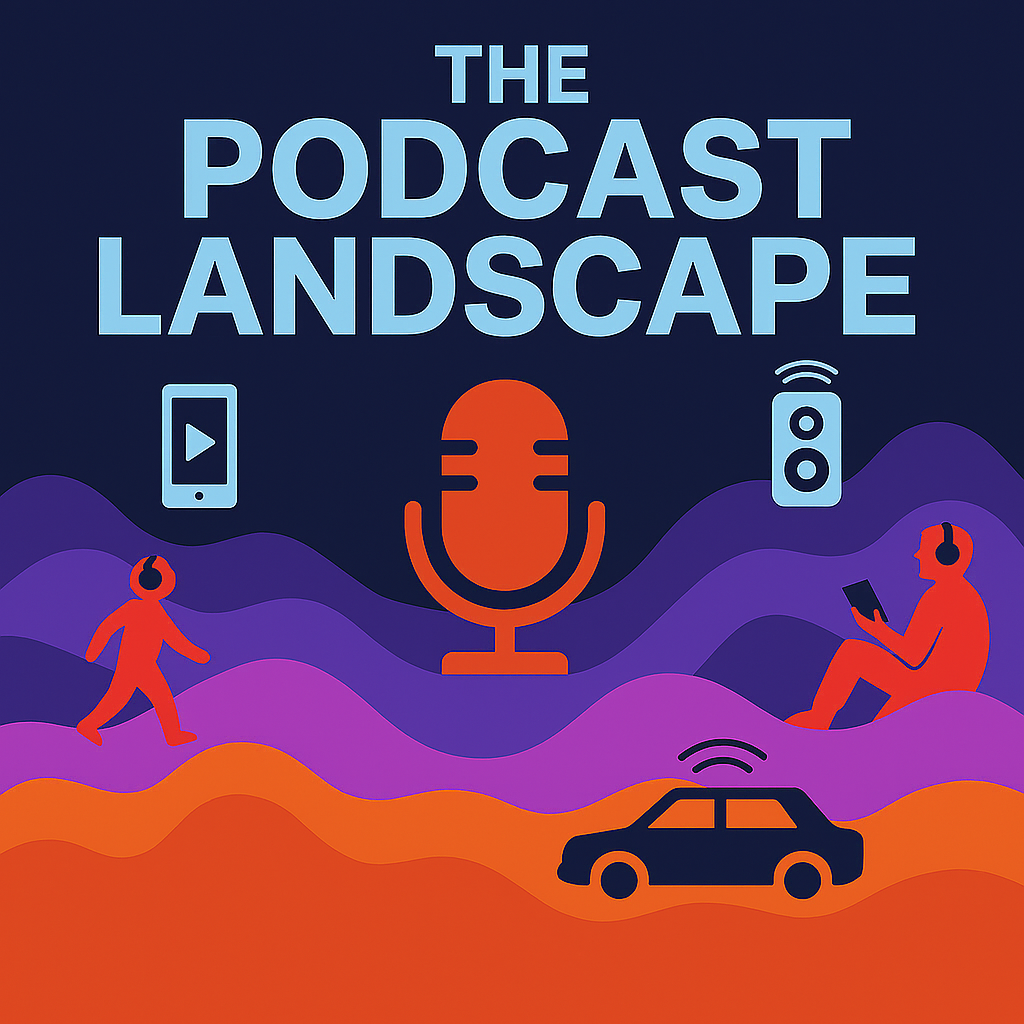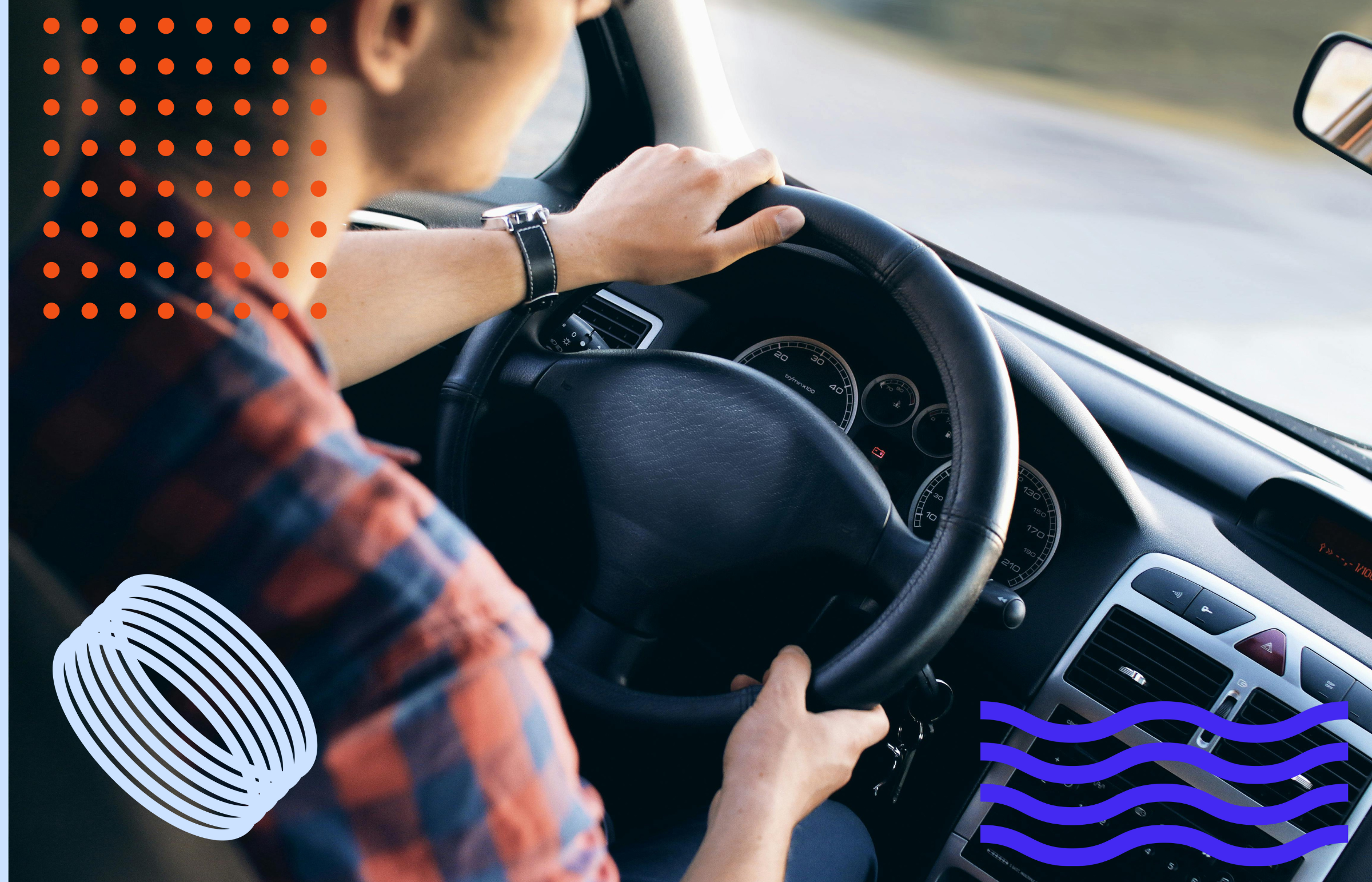LAST CALL: THIS THURSDAY, June 26th, at 2:00 p.m. EST Sounds Profitable and SiriusXM Media / SiriusXM Podcast Network are teaming up for the free webinar Unlock the Power of Purpose-Driven Podcasting. A presentation of data from The Advertising Landscape focusing on two of the industry’s fastest-growing audiences: Health & Fitness, and Self-Improvement consumers.
Join hosts Tom Webster and Alexandria Caggia as they break down how these audiences use podcasts to build daily routines, the surprising social role recommendations play in their content choices, and why these genres lead in openness to brand integrations and celebrity-hosted shows. Registration is free and open now.
Listen up: your audio audience is watching you, not necessarily your podcast by Sharon Taylor
A look at data regarding how podcast audiences consume audio and/or video. It’s no secret video podcasting has grown in recent years, but this has also introduced shows that straddle the divide. Which introduces new pain points, like formerly audio-first productions now having hosts refer to visual elements that to alienate audio-first consumers, such as Taylor. She argues the best direction forward is to approach the two forms of podcasting as what they are: separate mediums with their own audience expectations and requirements. A podcast adapted for video will have the best chance of success if it considers the expectations of the average YouTube viewer, instead of the idea of an audio-only consumer who wants to occasionally look at a screen. Youtube may not be the place for a given specific podcast, but it’s a place for the podcaster themselves to be seen and recognized.
Six months into the Spotify Partner Program, Digiday finds two distinct camps have formed: smaller individual creators who have embraced the program’s share of ad revenue/subscription revenue for video podcast watch-time, and podcasters in larger networks who’ve held off in favor of dynamic ad revenue. The former, largely speaking anonymously, cite the lack of dynamic ad opportunity as cannibalizing an episode’s revenue potential long term. The latter team, including companies like YMH Studios and FlightStory, say the SPP paid out more than their YouTube presences in the past six months.
DIY Broadcast: How Underrepresented Sports Are Building Their Own Streaming Stacks by Matt Stagg
With the ability to automate various aspects of the traditional broadcast TV process (e.g. automated cameras, cloud production platforms), sports leagues that haven’t gotten much coverage on TV are able to build out their own broadcast capabilities. Streamlined production capabilities that then allow distribution to live streams on YouTube, apps, or even club-owned OTT platforms. And with that independence comes new revenue streams in the form of memberships, donation codes displayed during gameplay, and sponsor overlays. While not specifically about podcasting, this piece serves as a prime example of media circumnavigating gatekeepers. And it happens to be media that would benefit greatly from podcasting becoming part of that growth journey.
Germany: young female listeners are shaping the podcast market!
A new report from Seven.One Audio shows the gender of podcast-consuming audiences in German-speaking countries have started to skew towards women, with all age demographics adding up to over 50% of podcast consumption time. Podcasting continues to grow steadily in listenership and production, with nearly 13,000 new German-language podcasts published last year alone.The 2025 Seven.One Audio study also marks the first time podcast consumption overtook radio with young German-speaking audiences, with 73% of 18-to-29-year-olds consuming podcasts while that same demo’s radio consumption dropped (5% year-over-year) to 70%.
YouTube gives a peek at how its recommendation algorithms work by Tim Peterson
During a recent VidCon session titled YouTube Decoded, YouTube execs shared some insights into how “the YouTube algorithm” (or, in reality, bundle of algorithms) works. A key insight is the premise that the oft-theorized-about recommendation algorithms aren’t specifically pointed at the videos or their creators, but specifically the viewer. User behavior has a strong influence on whether YouTube recommends something from their usual stable of favorites or something wholly new from a creator they’ve never encountered. The panel also dispelled some common myths, such as engagement on videos having a direct impact on it being recommended to more users, including the sub-theory that dislikes are treated the same as likes in recommendations. In reality, the system is built to try and avoid heavily-disliked content the algorithms think the user in question would also dislike. Which is to say a fundamental premise of producing content on YouTube is keeping a specific audience member in mind, as YouTube itself is built to guide that specific audience directly to you.
As for the rest of the news…
- A recent episode of Ready Set Startup features our very own Bryan Barletta shares the story of how Sounds Profitable came to be and its mission to lift the podcasting industry.
- SoundCloud has extended their long-standing exclusivity agreement with AdsWizz. With the renewal, AdsWizz will continue their role as SoundCl oud’s exclusive seller of audio ad inventory in 14 European markets.
- D Magazine has a new feature piece interviewing filmmaker Shaun Michael Colón, creator of the podcasting documentary Age of Audio debuting at Oak Cliff Film Festival.
- Lower Street and Podcast Marketing Academy have published their third annual Podcast Marketing Trends Report, based on a survey of 311 podcasters who shared 12 months of monthly download data.
- RadioWorld covers the iHeartMedia announcement that the company is using AI to translate some of its most successful podcasts into multiple languages for global publication.
- UK sports podcast network Sports Social has become the audio platform of eight Premier League clubs for the 2024/2025 season.




